Panta Lucic
Helicopter Track Identification with Autoencoder
Mar 03, 2021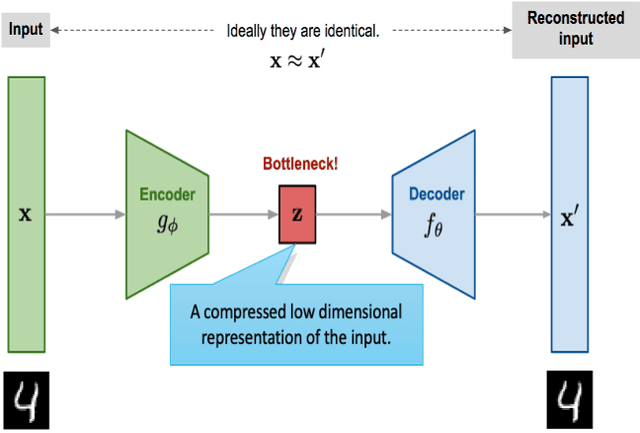
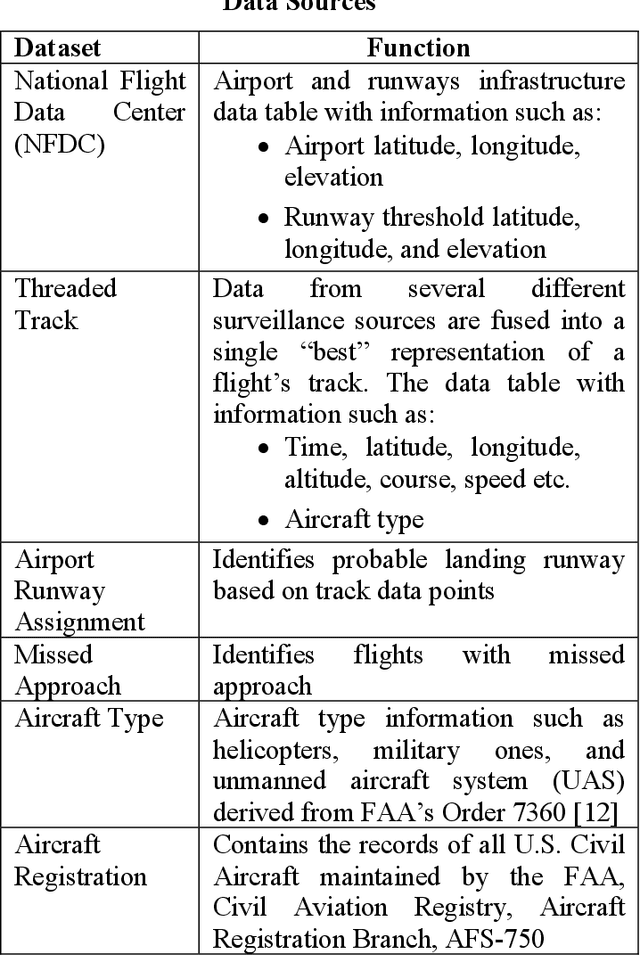
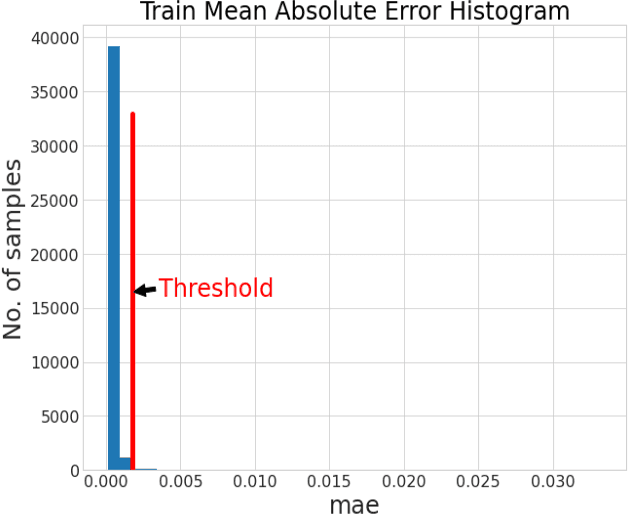
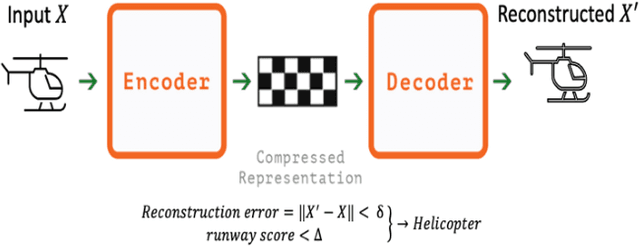
Abstract:Computing power, big data, and advancement of algorithms have led to a renewed interest in artificial intelligence (AI), especially in deep learning (DL). The success of DL largely lies on data representation because different representations can indicate to a degree the different explanatory factors of variation behind the data. In the last few year, the most successful story in DL is supervised learning. However, to apply supervised learning, one challenge is that data labels are expensive to get, noisy, or only partially available. With consideration that we human beings learn in an unsupervised way; self-supervised learning methods have garnered a lot of attention recently. A dominant force in self-supervised learning is the autoencoder, which has multiple uses (e.g., data representation, anomaly detection, denoise). This research explored the application of an autoencoder to learn effective data representation of helicopter flight track data, and then to support helicopter track identification. Our testing results are promising. For example, at Phoenix Deer Valley (DVT) airport, where 70% of recorded flight tracks have missing aircraft types, the autoencoder can help to identify twenty-two times more helicopters than otherwise detectable using rule-based methods; for Grand Canyon West Airport (1G4) airport, the autoencoder can identify thirteen times more helicopters than a current rule-based approach. Our approach can also identify mislabeled aircraft types in the flight track data and find true types for records with pseudo aircraft type labels such as HELO. With improved labelling, studies using these data sets can produce more reliable results.
Autoencoding Features for Aviation Machine Learning Problems
Nov 07, 2020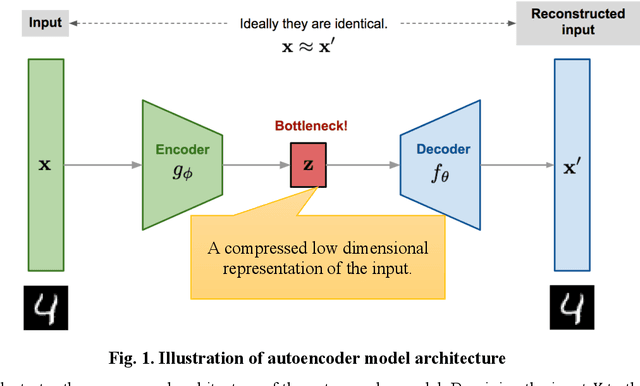
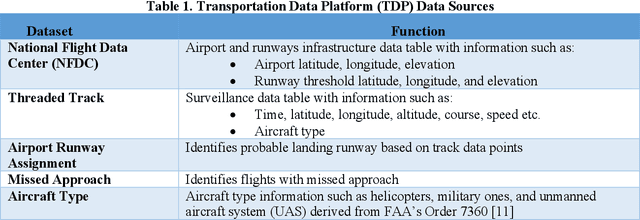
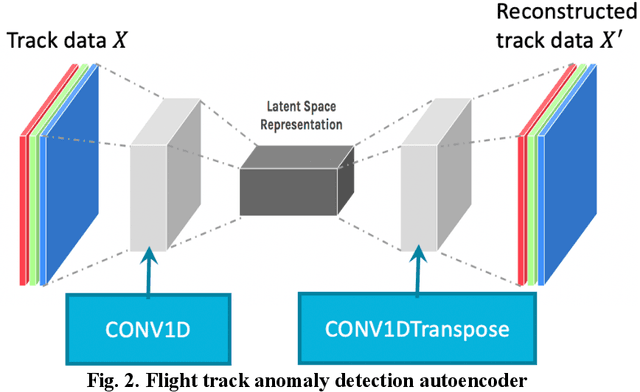
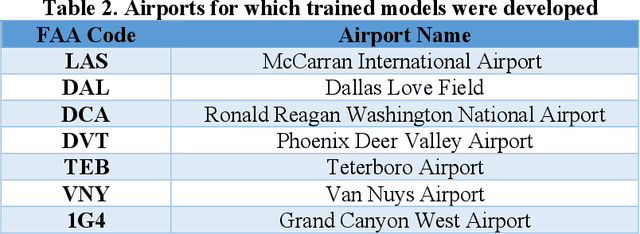
Abstract:The current practice of manually processing features for high-dimensional and heterogeneous aviation data is labor-intensive, does not scale well to new problems, and is prone to information loss, affecting the effectiveness and maintainability of machine learning (ML) procedures. This research explored an unsupervised learning method, autoencoder, to extract effective features for aviation machine learning problems. The study explored variants of autoencoders with the aim of forcing the learned representations of the input to assume useful properties. A flight track anomaly detection autoencoder was developed to demonstrate the versatility of the technique. The research results show that the autoencoder can not only automatically extract effective features for the flight track data, but also efficiently deep clean data, thereby reducing the workload of data scientists. Moreover, the research leveraged transfer learning to efficiently train models for multiple airports. Transfer learning can reduce model training times from days to hours, as well as improving model performance. The developed applications and techniques are shared with the whole aviation community to improve effectiveness of ongoing and future machine learning studies.
 Add to Chrome
Add to Chrome Add to Firefox
Add to Firefox Add to Edge
Add to Edge